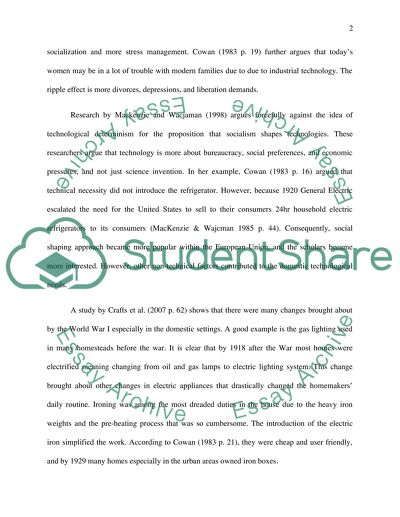Cite this document
(“Social Shaping of Technology Essay Example | Topics and Well Written Essays - 2000 words”, n.d.)
Social Shaping of Technology Essay Example | Topics and Well Written Essays - 2000 words. Retrieved from https://studentshare.org/sociology/1674373-social-shaping-of-technology
Social Shaping of Technology Essay Example | Topics and Well Written Essays - 2000 words. Retrieved from https://studentshare.org/sociology/1674373-social-shaping-of-technology
(Social Shaping of Technology Essay Example | Topics and Well Written Essays - 2000 Words)
Social Shaping of Technology Essay Example | Topics and Well Written Essays - 2000 Words. https://studentshare.org/sociology/1674373-social-shaping-of-technology.
Social Shaping of Technology Essay Example | Topics and Well Written Essays - 2000 Words. https://studentshare.org/sociology/1674373-social-shaping-of-technology.
“Social Shaping of Technology Essay Example | Topics and Well Written Essays - 2000 Words”, n.d. https://studentshare.org/sociology/1674373-social-shaping-of-technology.


